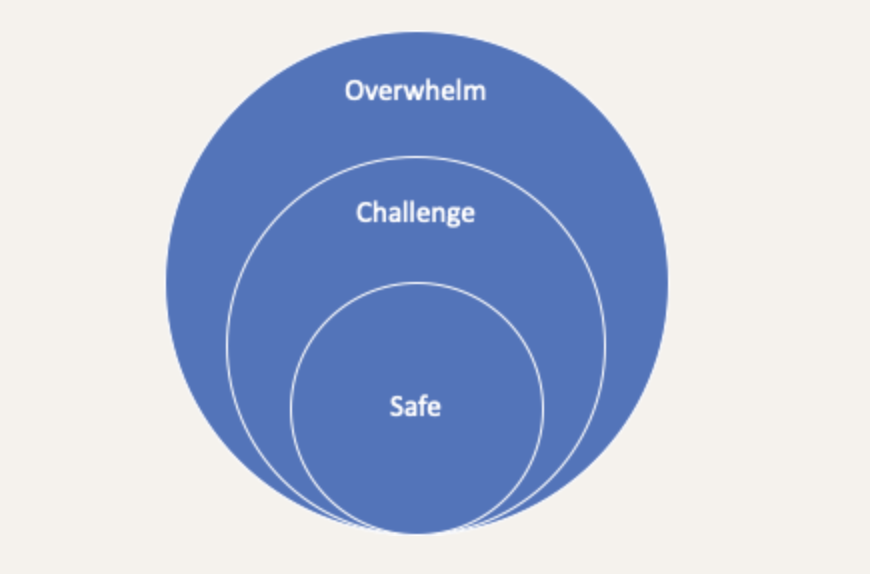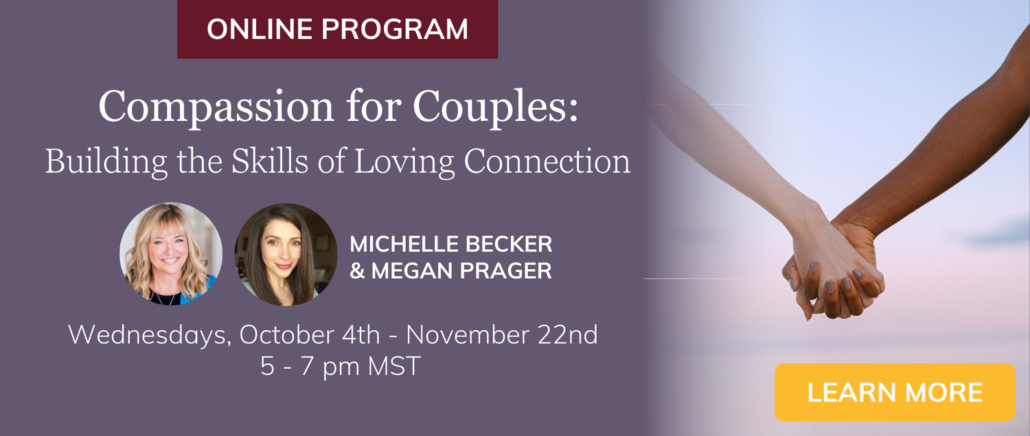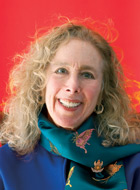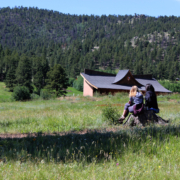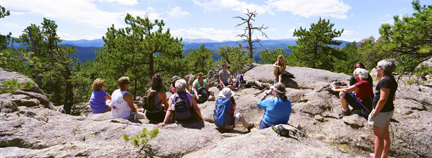Informed without Being Overwhelmed
By Megan Prager
Is it possible to stay informed and not be totally overwhelmed?
Like many, I frequently find myself consuming a large amount of media. While there can be beautiful stories shared of people supporting one another, there are many stories and statistics of suffering that can leave me in wonder and fear. The American Psychological Association put out a list of considerations to help navigate the effects of “media saturation overload” or “doomscrolling” (yikes and yes- this is a thing!), with recommendations being:
Write down the stressful headline on paper, to slow processing. Turn off smartphone news notifications. Set the phone’s timer for 15 minutes at the start of checking social media to limit the amount of time engaged in it. Set a strict no-screens (including phones) policy for mealtimes. Add other daily tech-free periods where possible. Bind anxiety by taking some kind of action, perhaps donating to a cause, joining an aid group, or signing a petition. (1)
Important advice indeed. When we aren’t intentional about consuming news both in terms of content and amount, we can easily experience feelings of distress and overwhelm. And, even when one is intentional about their consumption of media, still, overwhelm can sometimes happen.
Here is the thing about overwhelm:
- No surprises here – it doesn’t feel good. We suffer when we feel it.
- Feeling overwhelmed can impact our ability to learn. What we know about optimal adult learning (based off the work of Psychologist Lev Vygotsky) is that we learn best when we step outside our safety zone- but not too far out! If we are overwhelmed, we are flooded with emotion. Emotions that can cause us overwhelm can impair the functioning of our prefrontal cortex which is the part of the brain that helps us make skillful decisions. So many of us are making large and small decisions right now- this part of the brain can really help us!
A practice used in the Mindful Self-Compassion program that I find particularly helpful in being intentional about my news consumption so that I stay informed without being overwhelmed, is to check in with myself using the Three Learning Zone Circles (see image above).
Before checking the news next, try this out. Ask yourself, “Which circle am I in?” The answer will help you determine whether it’s useful to engage in media updates or not. Here’s how to know:
Overwhelmed?: Though different for everyone, some signs of overwhelm could be:
- Feeling flooded with emotion, often challenging emotions
- Body posture is tense/tight, (maybe even body aches or pain)
- The mind may be racing and/or thoughts may be fear-based or reactionary
When we become overwhelmed- and let’s face it we all do from time to time- we must move toward safety so our physiology can recover. We cannot go from overwhelm to challenge. Safety is the foundation for learning. Then, the amygdala calms and the prefrontal cortex comes back on line. In other words, moving towards and/or coming back to safety actually resets the brain’s ability to learn. Read more about how to find safety below.
*Consideration: It’s worth noting that this is a time when many of us are experiencing overwhelm. This is why it’s so important to be extra diligent about self-care. And if you are noticing frequent or constant overwhelm, connecting with a healthcare professional can really help (Nami is a great resource for those not already connected).
Challenged?: This circle is where we learn the most. Signs of challenge include:
- Being engaged and receptive to learning
- The ability to actively integrate what you are learning into daily life
- Posture is alert rather than rigidly tense
- Mind is more open, and open to possibility rather than constricted
- Feeling energy or motivated to take action
*Consideration: It’s helpful to notice where you are in the challenge circle- closer to safe or overwhelm? If close or moving towards overwhelm, it is skillful to move back toward safety. We don’t have to ride the edge of overwhelm to learn and grow. Can you take a more self-compassionate stance and stay solidly in the challenge circle, with a bit of a buffer between challenge and overwhelm?
Safety?: When in this circle, there is a sense of comfort, calmness and ease in the body and mind. Safety has that feeling/sound of a deep exhalation, “Ahhhhhhh.” While learning is also possible here, holding back from engaging and learning can also sometimes happen here. Keep in mind this circle is the foundation of learning, and it’s really helpful to know how to move toward this circle in the service of care, and the possibility of ultimately being able to open to learning and discovery again.
*Consideration: Not sure of how to create safety? Try taking care of yourself in a way that creates a sense of well-being (having a warm cup of tea, feeling the soles of your feet ground you, connecting with a friend, watching puppy videos, etc). Here is a list from the Mindful Self-Compassion program with some ways to practice behavioral self-compassion so you can get back to safety. Take some time to experiment with these, and notice what feels good in your own body and mind.
Knowing where you are in these three circles can help you make a more well-informed choice as to whether the timing is right for you to take in news and social media. When given the choice, it does not serve anyone, and especially ourselves, to be overwhelmed. We can sustainably support ourselves and others through our learning and wise action when we are challenged, and our ability to return to safety when we are overwhelmed. And when we don’t have a choice- we sometimes just find ourselves overwhelmed- we do have a choice about how we can work with it and with ourselves.
Join Megan Prager and Michelle Becker online this fall!
About Megan Prager



